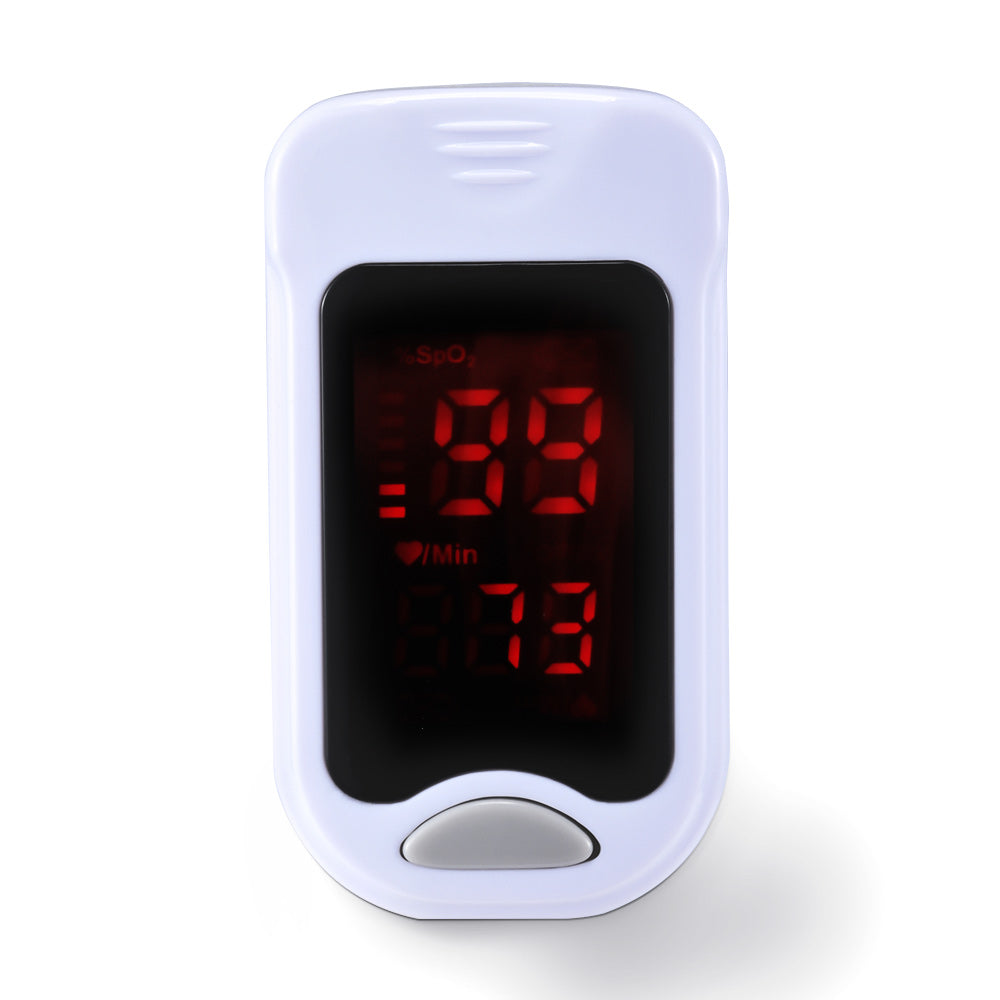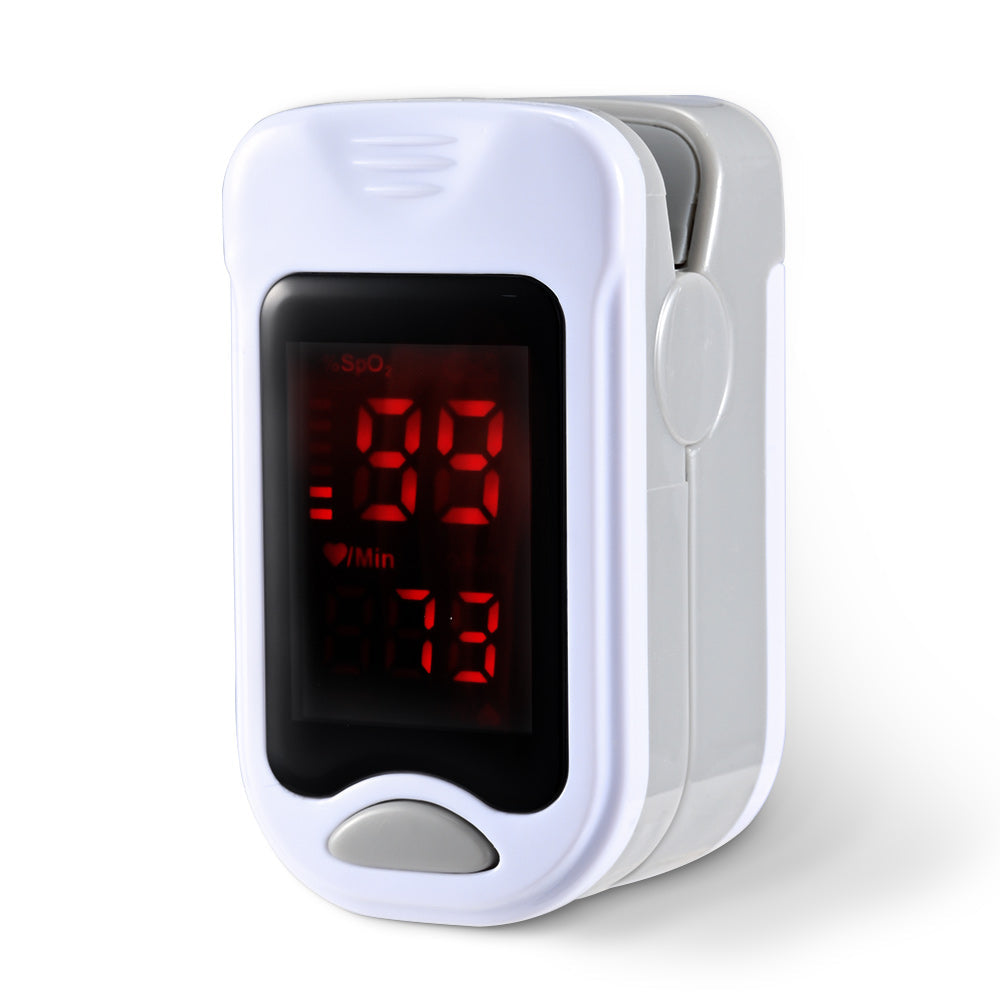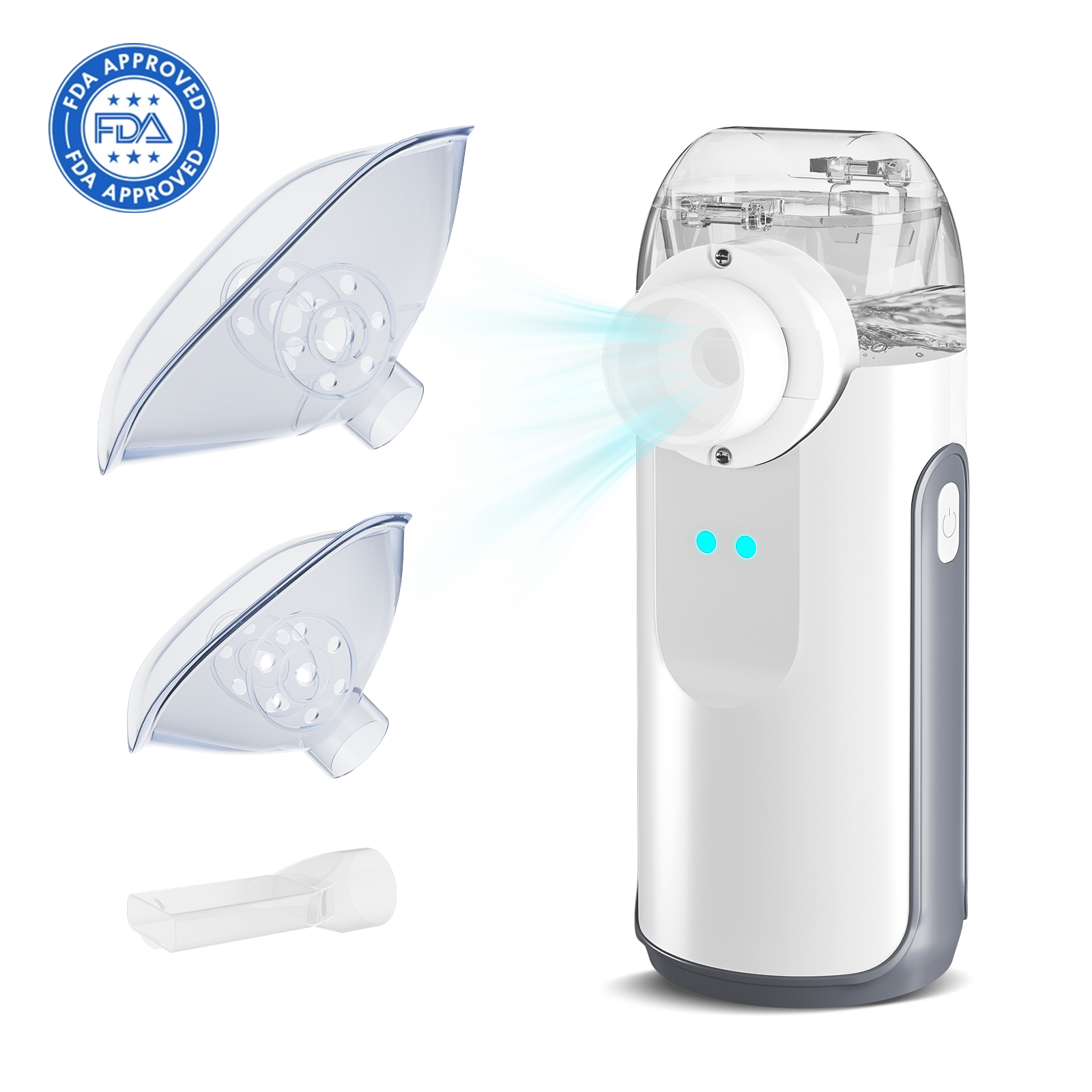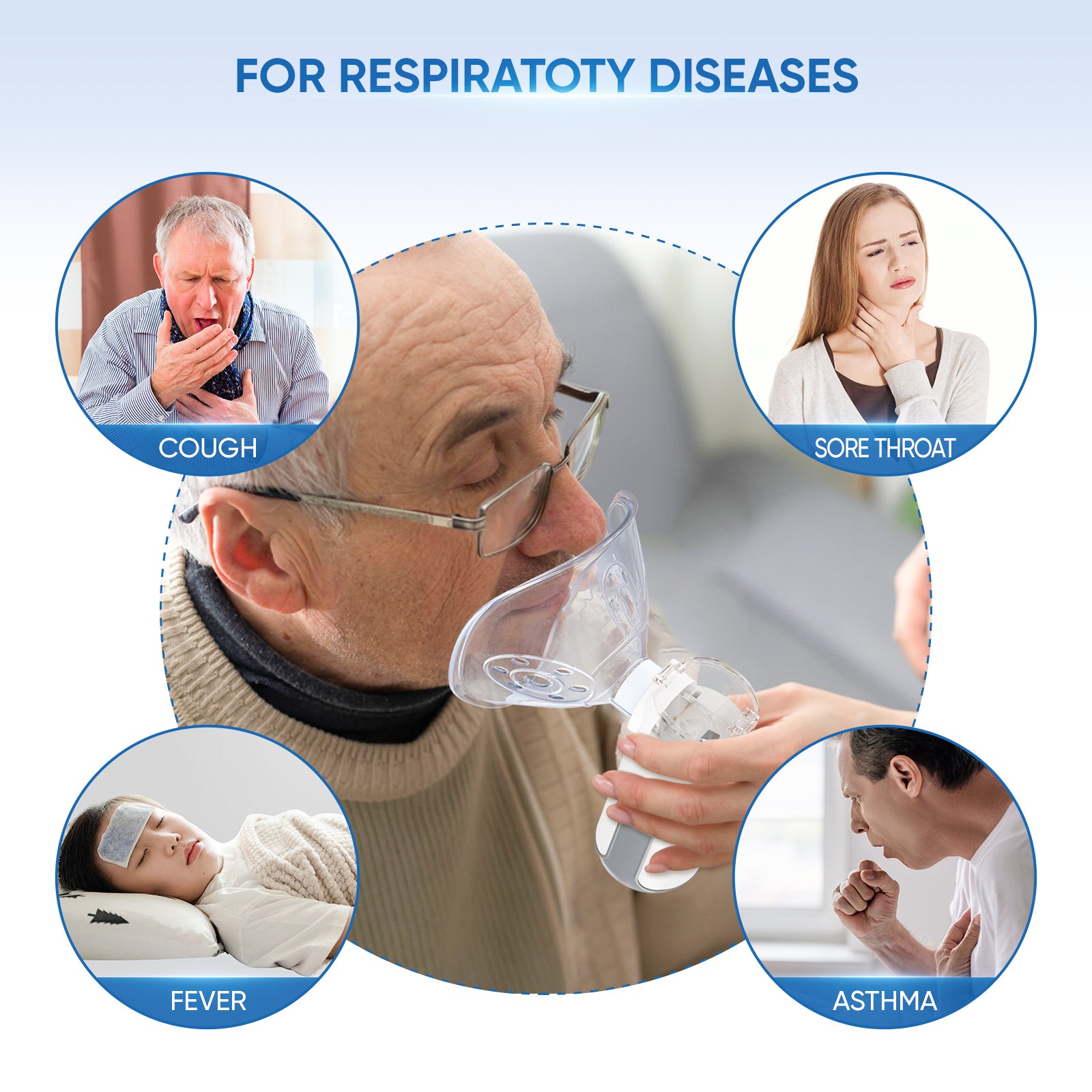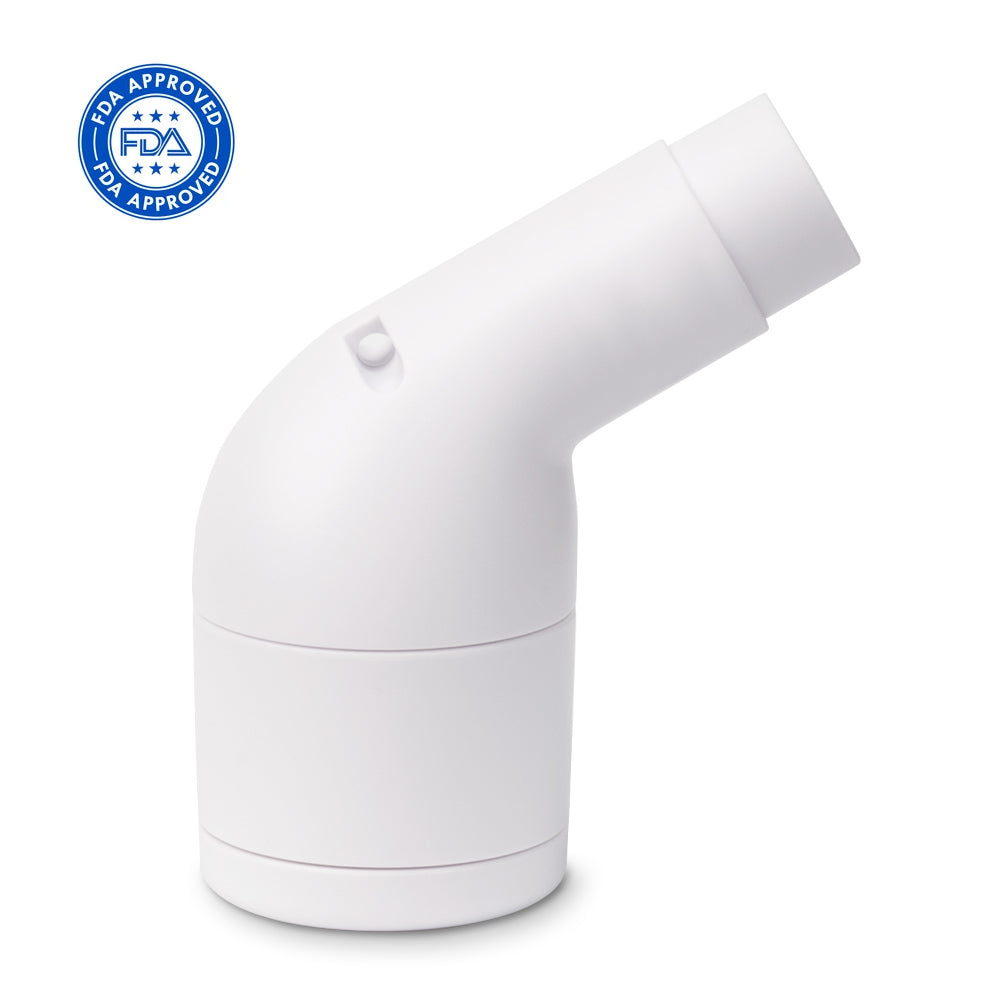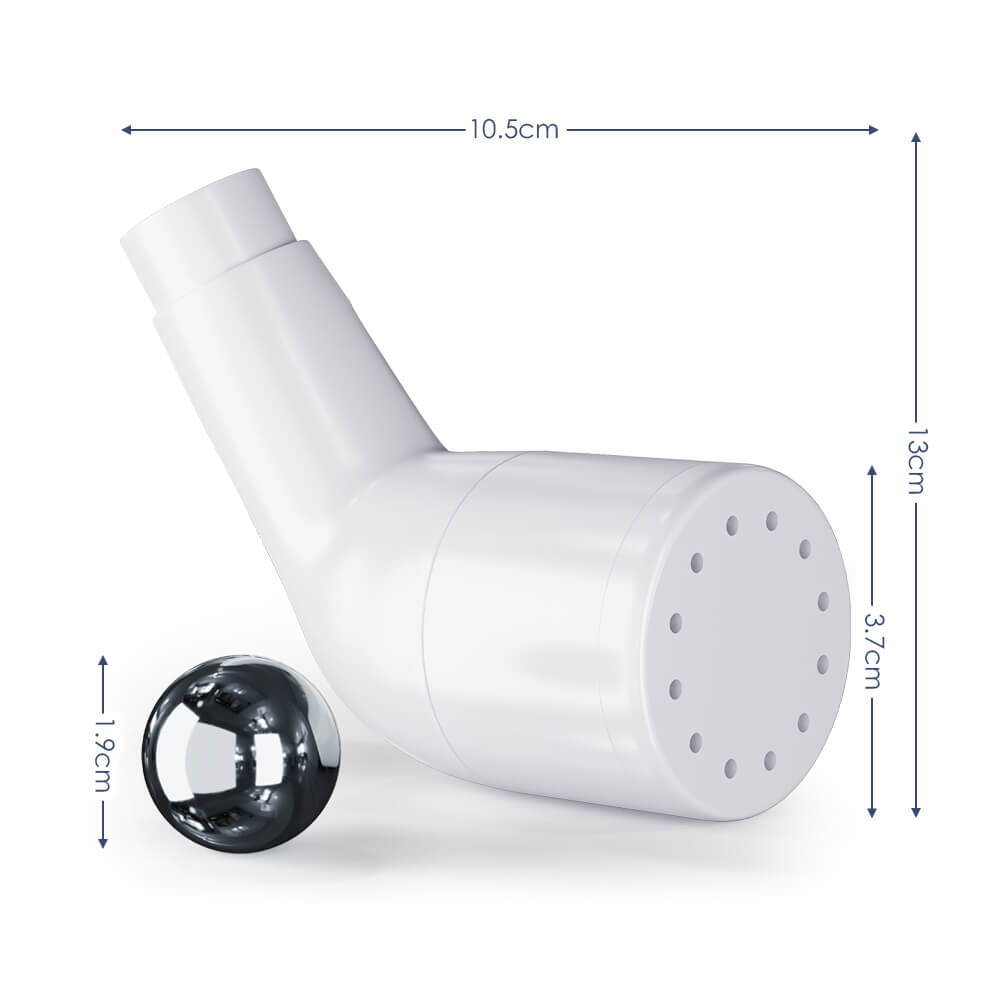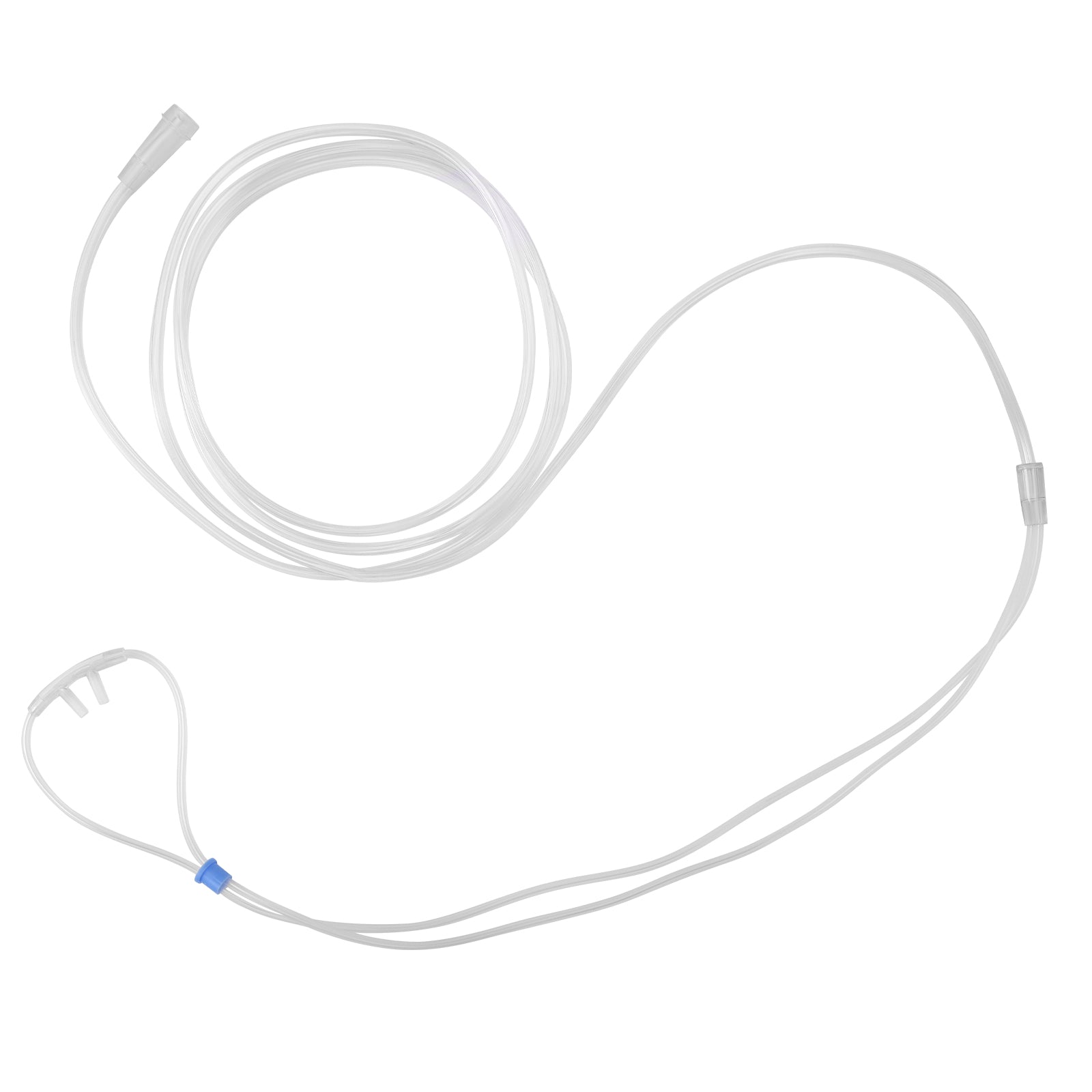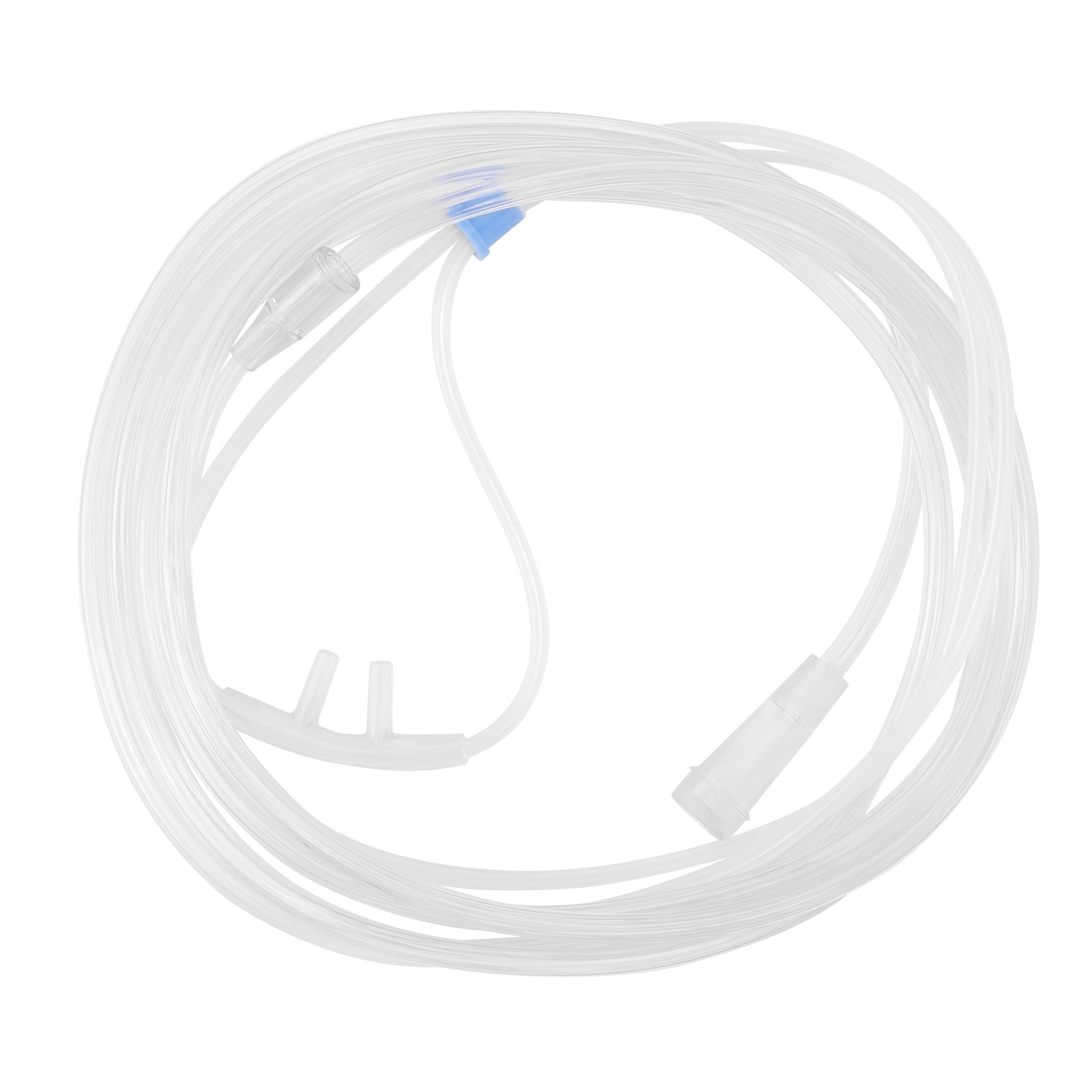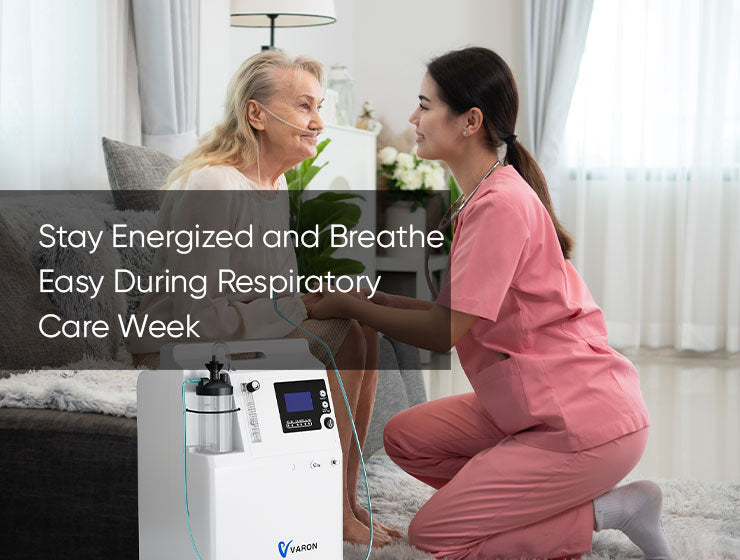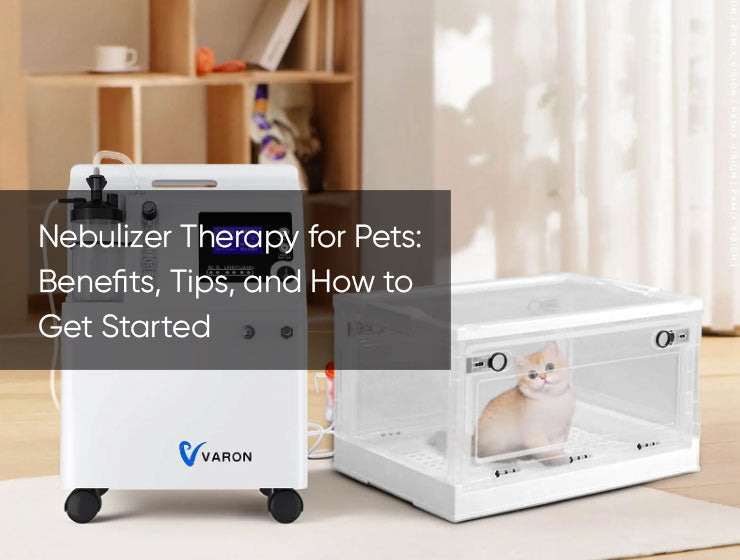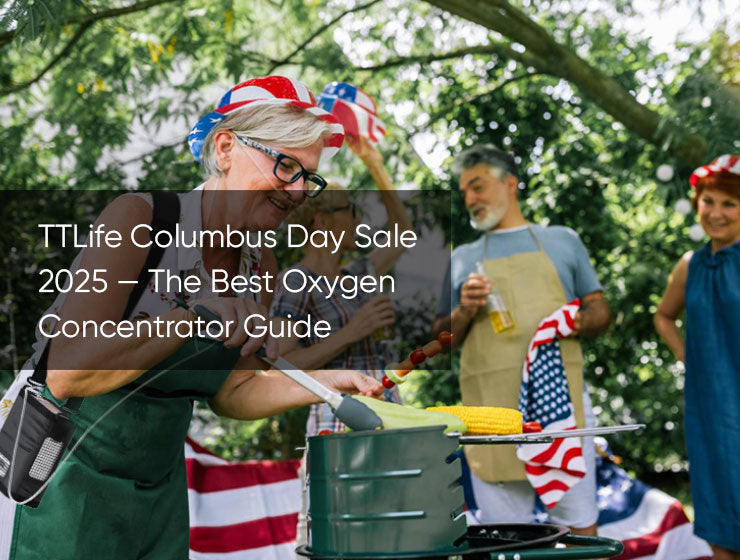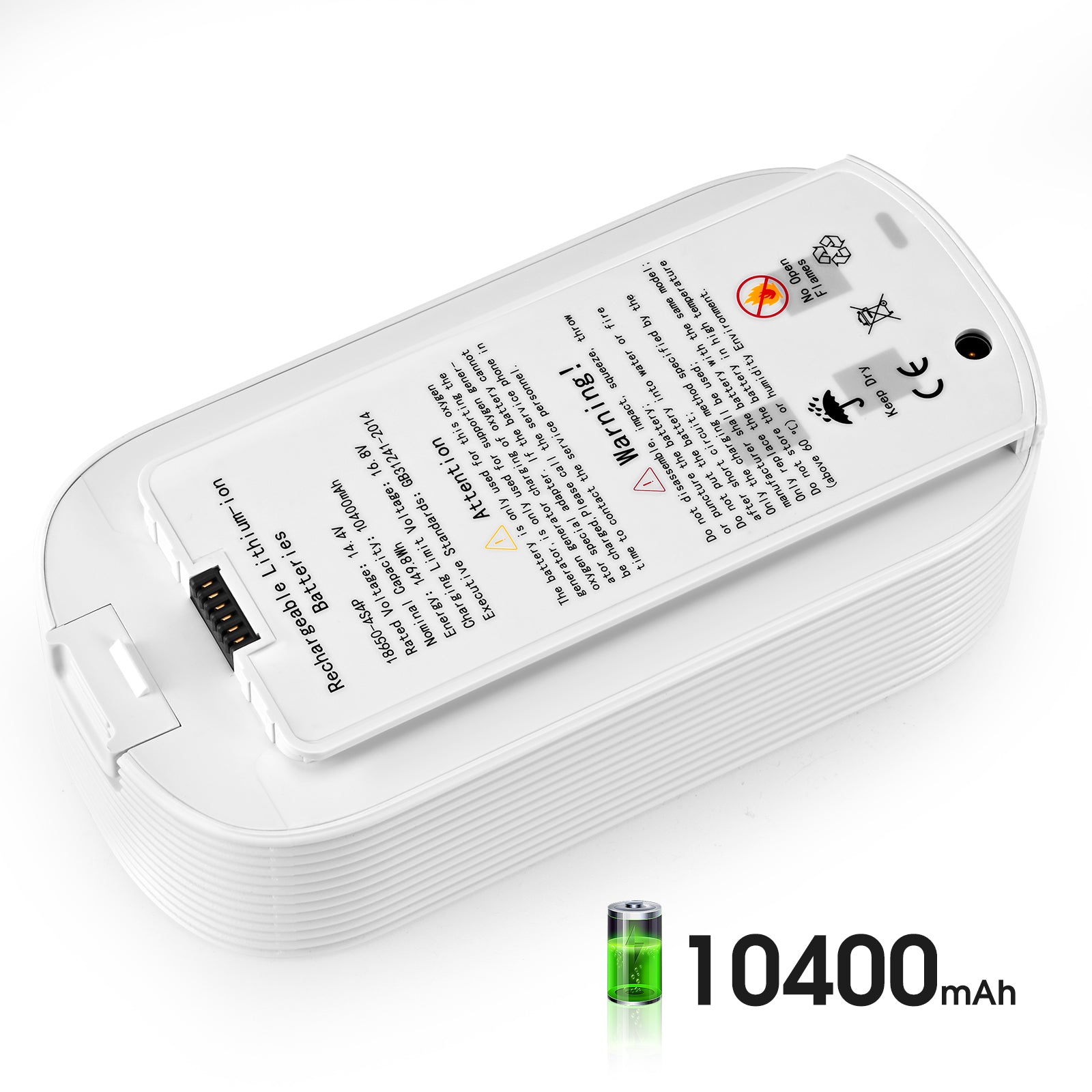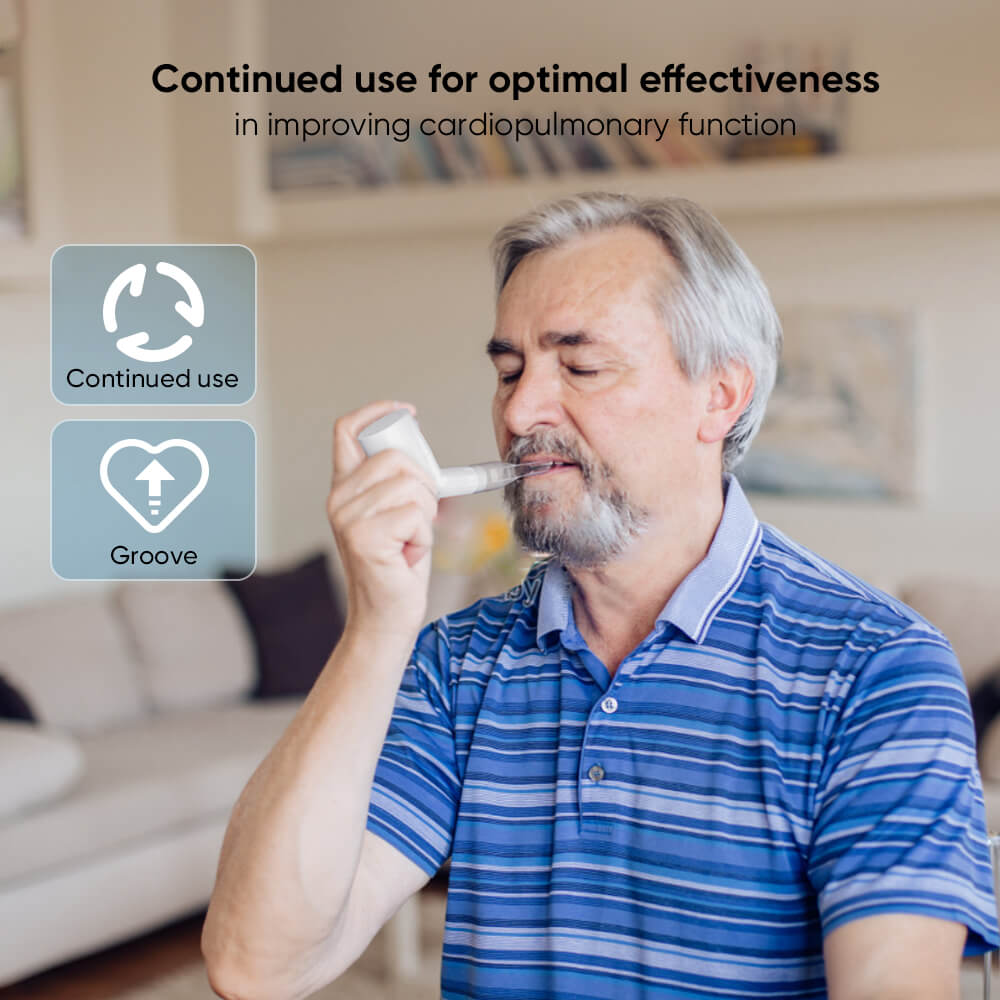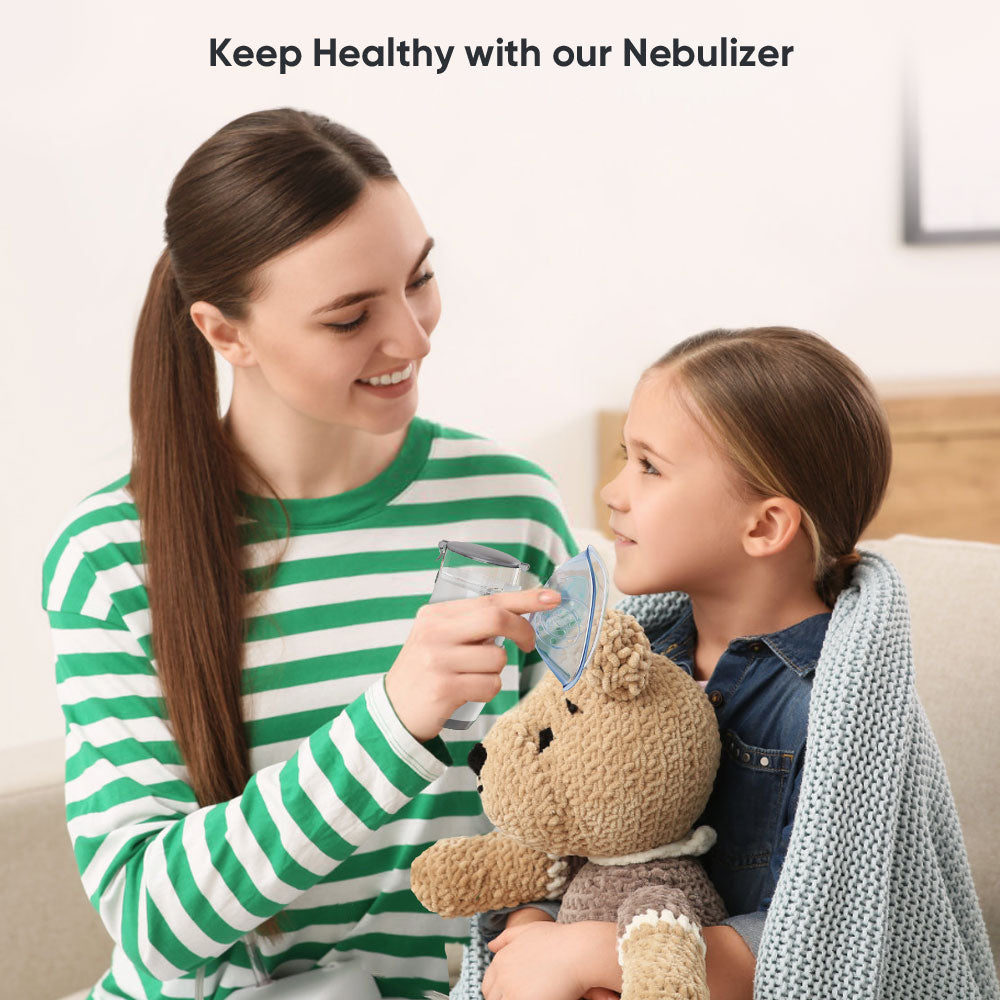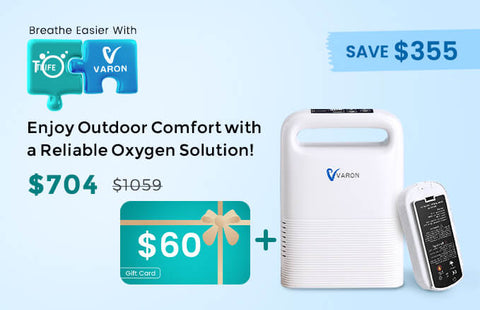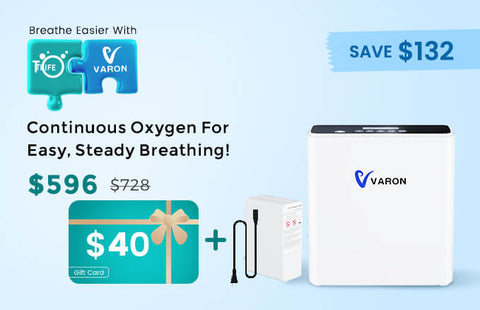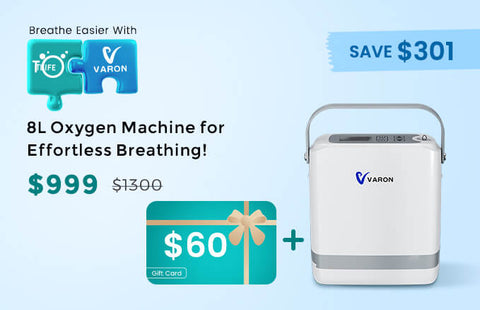If you have breathing difficulties, you know that the summer brings some complications: high humidity and extreme heat can exacerbate conditions such as COPD. In fact, one study showed a strong association between weather-related heat and emergency hospitalizations related to respiratory distress, meaning that those who suffer from these conditions must take even better care of themselves when the temperatures rise.
In addition to taking care of themselves, though, they need to take care of their oxygen concentrators. Units aren’t made to withstand extreme heat, so it’s important to ensure you’re keeping it safe along with yourself.
The Temperature: Operational and Storage
Summer temperatures can be hard on oxygen units, so make sure your portable oxygen concentrator can operate in your environment. Manuals outline unit operating conditions, specifically the minimum and maximum temperatures they can withstand.


Plan your outdoor activities for when it will be safe to use your concentrator, and avoid exercise and strenuous activity, particularly outdoors, when it’s very hot out, opting to stay indoors during the hottest hottest-mid-day. When outside, attempt to find a shaded area for relief for you and the concentrator as often as possible, and remember to drink plenty of liquids.
Oxygen users who don’t have to air-condition in their houses should consider finding relief in an air-conditioned location such as a mall, library or movie theater to escape the extreme heat. During heat waves, larger cities sometimes set up air-conditioned public places called “cooling centers”, to assist seniors and other vulnerable populations.Storing your unit is something that is often not thought about, especially in the summer months when the temperature starts to rise. Keeping an oxygen concentrator in a locked car can cause severe damage very quickly, as temperatures can reach 100°F or more in just a half-hour and continue to rise even if the outside temperature is only 70°. You should also never leave your oxygen concentrator in an attic, garage or basement/crawl space as the temperatures can fluctuate wildly. Store your oxygen concentrator in the living space of your home, in a closet or room that is kept at the same temperature as the rest of the house. Many oxygen concentrators feature alarm systems that can indicate when the unit is outside its ideal operating conditions; in these cases, the unit can shut down. Never ignore these alarms, as prolonging the time the unit is kept at an unsafe temperature can permanently damage it.
Humidity and Water. Oxygen concentrators are not waterproof, so it’s important to make sure that the unit stays as dry as possible. If you are bringing your oxygen concentrator to the beach or pool, make sure that they are safely protected from both sand and water. If the machine gets waterlogged, it may get irreparably damaged.
High humidity can also pose a problem, as it can encourage the growth of bacteria and fungus. If you live in an area that experiences extreme humidity, you may want to ramp up how often you clean your unit. Remember to follow your oxygen concentrator’s cleaning instructions.
Summertime Activities
Some activities in the summer can be dangerous for those who use oxygen concentrators, such as sitting around a campfire or celebrating a holiday with sparklers. It is dangerous to operate oxygen equipment in the presence of an open flame, so it’s vital to ensure that you and the unit stay a safe distance away while it is in use; if it’s not being used, it should still be at least 8–10 feet away from a heat source.
While your portable oxygen concentrator can help you enjoy all of the outdoor fun and summer activities with your friends and family, make sure that you are keeping it safe from extreme heat, humidity, and water.


